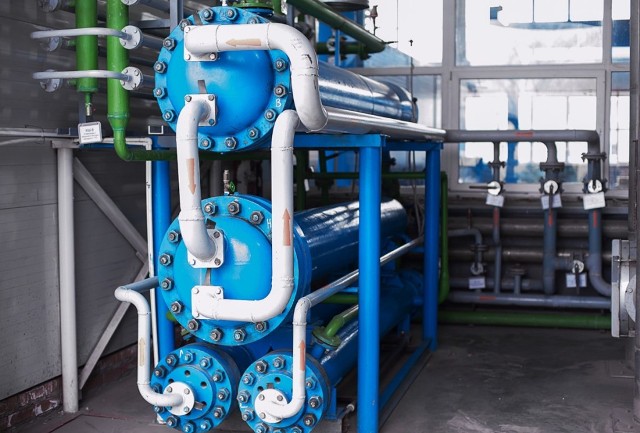The rising need to reduce fossil fuel reliance in industrial applications is leading to increased investment in decarbonised technologies, such as heat pumps, Frost & Sullivan report said.
As renewable energy sources become more prevalent, heat pumps are emerging as a key player in the clean energy transition, gaining momentum as a sustainable solution for industrial heat management. Supported by policy initiatives and innovative financing mechanisms, heat pumps are poised to accelerate the shift towards more sustainable industrial development.
Zero CO2 Footprint with Industrial Heat Pumps
One of the major benefits of industrial heat pumps is their ability to recover waste heat with zero CO2 emissions. Heat pumps can decarbonise low-temperature industrial heat demands (below 200°C), a segment that accounts for over a quarter of total industrial energy consumption. By capturing waste heat and increasing its temperature for reuse in industrial processes, these pumps deliver significant energy savings while drastically reducing CO2 emissions.
Market Growth and Applications
The industrial heat pump market is set to grow significantly, with projected sales of 13,150 units by 2035, compared to 6,940 units in 2023. The market’s revenue is forecasted to reach $9.18 billion by 2035, growing at a compound annual growth rate (CAGR) of 5.2 percent. China, the United States, and key European markets are expected to dominate, accounting for 75 percent of global unit sales and revenues.
Key sectors driving demand include food and beverage, pulp and paper, chemicals, and textiles. Emerging applications such as carbon capture, data centers, and grid-ancillary services integrated with thermal energy storage are also gaining traction.
Competition and Innovation
The industrial heat pump market is witnessing competition between large established players and emerging companies. The market, especially in the temperature range above 160°C, is seeing heightened innovation as new entrants challenge existing competitors by focusing on advanced product development. There is a push to develop high-temperature heat pumps for diverse industrial applications that have zero ozone depletion potential (ODP) and low global warming potential (GWP).
Industry analyst Neha Tatikota from Frost & Sullivan emphasizes the importance of cost optimisation, product innovation, and the use of refrigerants with lower GWP. “Emerging technologies such as oil-free compressors, steam-generating heat pumps, and enhanced plate heat exchangers will be key to maintaining market competitiveness,” she adds.
Europe Leading the Charge in Heat Pump Expansion
Europe is set to become the epicenter of industrial heat pump expansion. Strong national policies and incentives aimed at industrial electrification and decarbonisation will play a critical role in accelerating market growth. Frost & Sullivan anticipates that Europe’s market growth will outpace the Asia-Pacific (APAC) region by 2025, driven by a robust push towards high-efficiency, high-temperature heat pumps.

